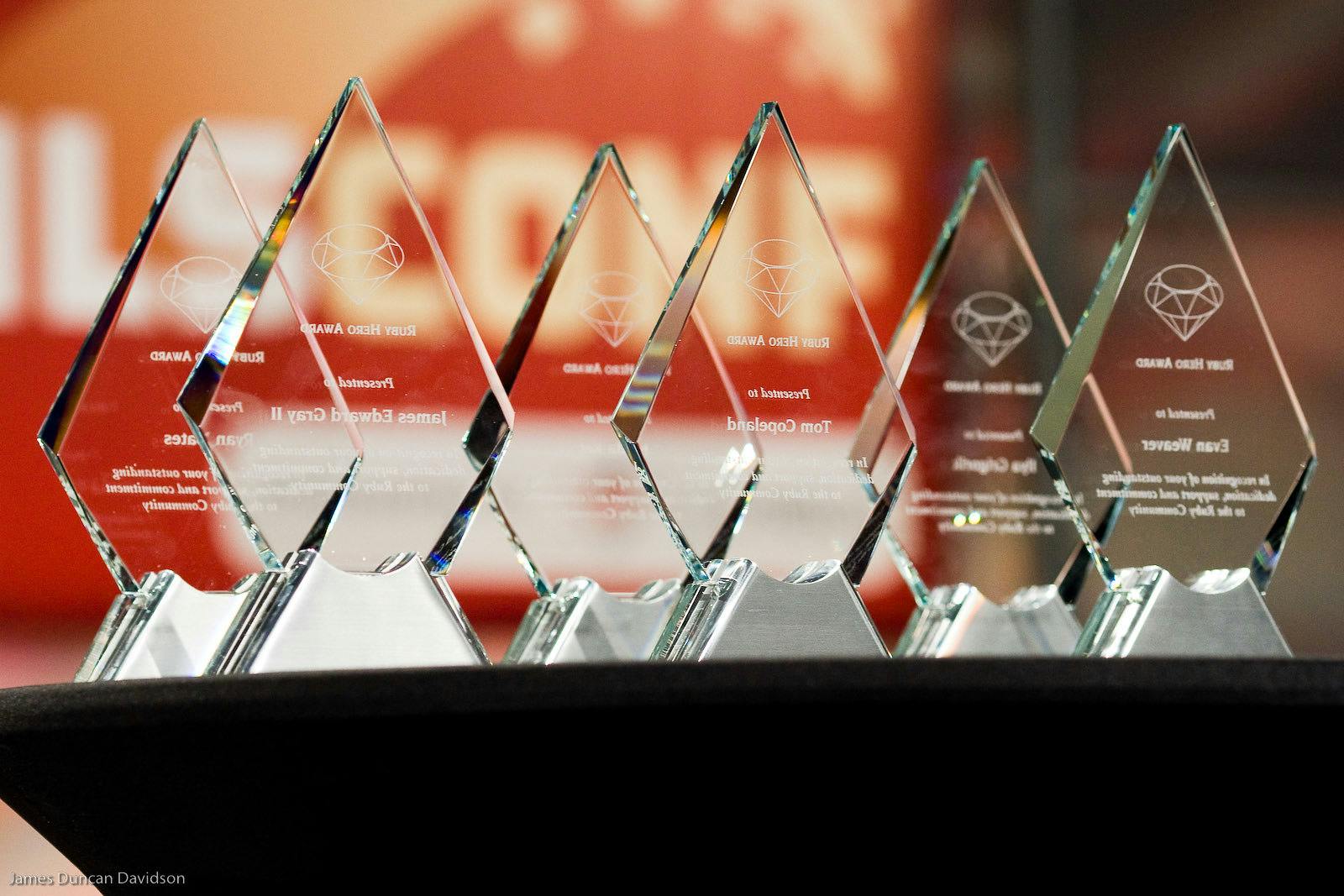This is the second installment of a three-part series telling the story of RailsCasts, a screencast series for Ruby on Rails. Check out Part 1 if you haven't already.
Reaching an Audience
Two months after the first RailsCasts episode, I attended RailsConf 2007. I'd never been to RailsConf before and was eager to meet fellow Rails developers. This one was in Portland, Oregon which was only a few hours drive. The conditions were perfect.
I remember eating lunch and talking casually among developers around a table. “Are you Ryan Bates?” asked one sitting next to me, “I recognize your voice.” Several others at the table chimed in and said they also watched RailsCasts.
It was a surreal feeling being in a room with strangers who know you by your voice. The analytics told me that the show had over a thousand views, but that was just a number. Meeting others in person made it real. Every one of those views had someone behind the screen.
I continued to produce content every week. And at the end of that year, RailsCasts was featured in the Podcasts section of iTunes. I looked at the screen with a huge grin on my face thinking "I made that, and it's right there for everyone else to see." It was a great way to end 2007.

RailsConf 2008
Every RailsConf has its special moments, but the highlight for me has got to be RailsConf 2008. Rails was picking up steam, and there was a lot of excitement in the community. An idol of mine, Kent Beck did a keynote, and the cherry on top was the Ruby Hero Awards, an event hosted by Gregg Pollack.
I was surprised to be called up on stage to receive an award along with 5 amazing developers who contributed to the Ruby and Rails communities. Knowing that my work was appreciated by others was the best motivation I could hope for.
The Challenge of Free
I was often asked "Why produce RailsCasts for free?" and the answer is in the outro of many episodes: "I hope you found this useful." Hearing feedback about how RailsCasts helped someone was the best feeling in the world. Helping others was the reason for starting the series.
However, it was a serious time commitment to release an episode every Monday. Episodes took about an hour to produce per minute of video. At 10 minutes long it took over my weekends. I remember a handful of times I had to scrap an episode at the last minute and work overnight to release a new episode by Monday.
After four years of producing content for free while working full-time, I was ready for a change. I wanted my nights and weekends back.
The Plan for Pro
Turning RailsCasts into a full-time job seemed like a dream, but I needed to find a payment model that would support me. Charging for the same weekly episode that I was already releasing for free would be a step backward. If I'm working on this full-time, then surely I will be able to produce more content.
I decided to keep the weekly free episode and add two paid episodes per week. One was a "pro" episode that would often dive deeper into that week's topic. The other was a "revised" episode that brought older content up to date with the latest best practices.
By charging a monthly subscription fee to unlock everything, the value of the subscription would continue to grow along with the back catalog. This seemed like a no-brainer from a business perspective.
Branding
I changed the name slightly from "Railscasts" to "RailsCasts" to break up the word and make it easier to comprehend. I wasn't able to adapt the new name to the existing logo so I set out to make a new one.
The original logo was thrown together in 15 minutes. It involved picking a font and adding a play button in the "R" (it was about the same amount of effort that was spent on the old Avatar logo).
For the new logo, I wanted something with a retro arcade feel. I lacked the design skills needed, so I put up a bounty on 99designs. Here's what I ended up with.

The new logo looked sharp and more official, but looking back, it lost some of the charm of the original. If I were to do it again, I would go with something closer to the original logo and branding to ease the transition.
Along with the new logo came a new site design and a larger video format. I also integrated asciicasts into the site. These were text versions of each episode made by Eifion Bedford. He was a joy to work with, and I paid him to convert the pro content into text as well.
The Flywheel
It was time for the big day. On October 3, 2011, I deployed the new site along with the first RailsCasts Pro episode and $9/month subscription option. My goal was to reach 1,000 subscribers in one year.
That goal was reached in the first 5 days.
A month later there were 2,600 subscribers, and it showed no sign of slowing down. RailsCasts was on fire.
My dad likened it to spinning a large flywheel. The years of free content got the wheel going, and all of that momentum carried over to the paid subscription. I doubt this would be as successful without the initial free content.
I cannot take all of the credit for its success though. The community has been exceedingly generous. I heard several reports of subscribers who no longer used Rails but wanted to show their support. I seriously cannot thank you all enough who supported me.
With its successful launch, everything was lining up to make RailsCasts better than ever. However, every fire needs an important ingredient: the fuel.


